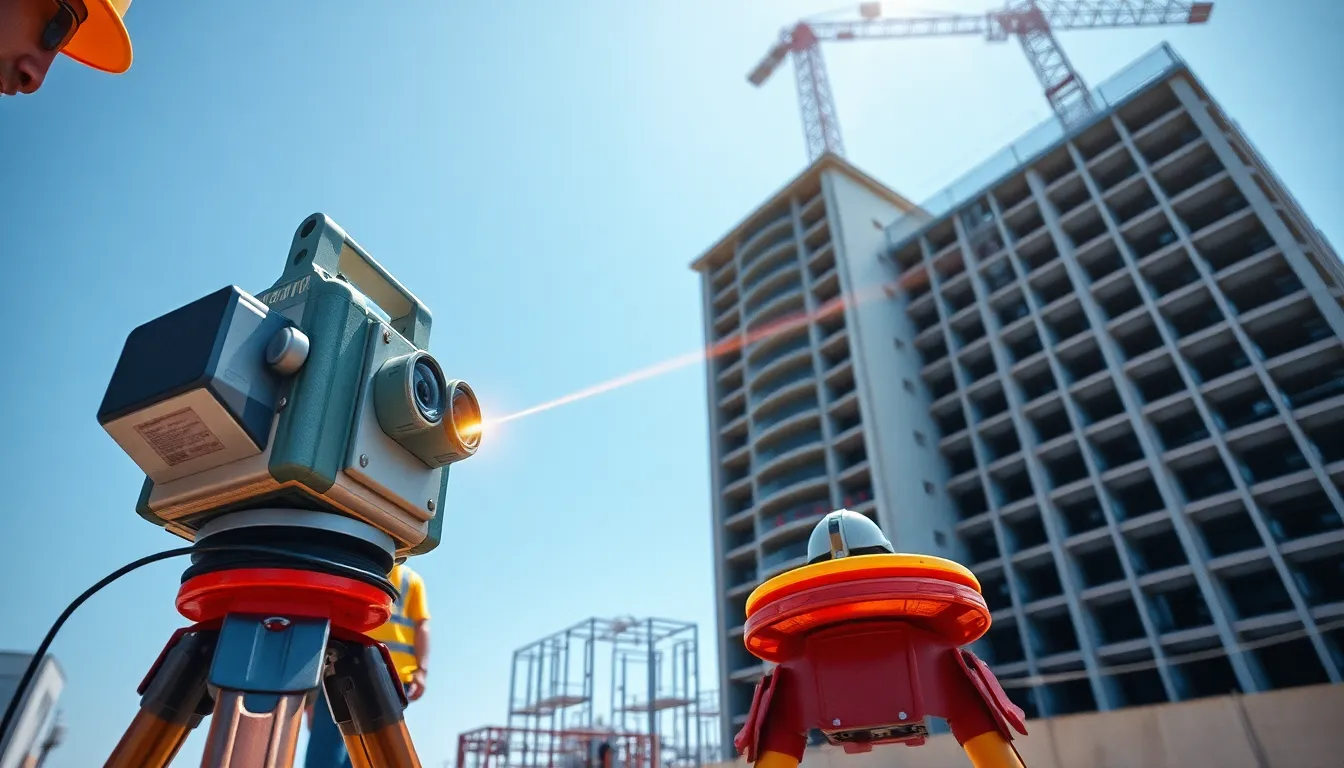Table of Contents
ToggleIn a world where everything seems to be going digital, 3D scanning is the superhero we didn’t know we needed. Imagine capturing the essence of an object in stunning detail, all while avoiding the hassle of meticulous measurements and guesswork. It’s like having a magic wand that transforms the physical into the digital, making it easier to create, replicate, and innovate.
Whether you’re an architect dreaming up the next skyscraper or an artist looking to immortalize your latest masterpiece, 3D scanning is here to save the day. It’s efficient, precise, and downright cool. So buckle up and get ready to explore the fascinating world of 3D scanning, where creativity meets technology and possibilities are as limitless as your imagination.
Overview of 3D Scanning
3D scanning captures precise digital representations of physical objects. This technology streamlines measurements and details, enabling a wide range of applications.
Definition and Technology
3D scanning refers to the process of capturing the shape and appearance of real-world objects to create digital models. Various methods exist, including laser scanning and photogrammetry, each offering unique advantages. Laser scanners emit laser beams, measuring distances to create high-resolution 3D representations. Photogrammetry uses images from multiple angles, calculating depth through triangulation techniques. These technologies enhance efficiency and accuracy in design and manufacturing processes.
Applications of 3D Scanning
Diverse industries leverage 3D scanning for a variety of purposes. In architecture, professionals use it to create accurate site models and assess existing structures. Manufacturing entities benefit from rapid prototyping, streamlining production processes through detailed models. Healthcare employs the technology for custom prosthetics and dental solutions. Art and heritage conservation use 3D scanning to preserve artifacts digitally, ensuring longevity and accessibility. Each application showcases the technology’s versatility and transformative impact across fields.
Types of 3D Scanning

Various methods exist for 3D scanning, each suited to specific applications and outcomes. These techniques offer users different advantages in capturing detailed digital representations.
Laser Scanning
Laser scanning captures precise measurements of objects using laser beams. This method generates cloud points to represent object geometry. Professionals favor laser scanning for its accuracy and speed, especially in architecture and construction. It enables the documentation of large structures quickly, facilitating site modeling. Applications include creating detailed models of buildings or tracking changes over time, enhancing project management significantly.
Structured Light Scanning
Structured light scanning projects a series of light patterns onto objects to capture their shape. This method analyzes the deformation of the patterns, converting them into 3D data. Users appreciate its ability to capture intricate details, making it ideal for small items or delicate surfaces. Additionally, applications in manufacturing for quality control integrate well with structured light scanning, ensuring products meet design specifications. Industries such as art conservation benefit from its non-destructive nature, preserving artifacts while digitizing them.
Photogrammetry
Photogrammetry utilizes photographs taken from multiple angles to create 3D models. This method calculates distances based on overlapping images, resulting in detailed representations. It serves a range of industries, including film and gaming, where realistic models are essential. Users enjoy the accessibility of photogrammetry, requiring only a camera and software for operation. Applications extend to archaeology, where it documents historical sites and artifacts, providing valuable digital records for future research.
Benefits of 3D Scanning
3D scanning presents numerous advantages across various fields. Notable benefits include accuracy, time efficiency, and versatility in applications.
Accuracy and Precision
Accuracy defines the effectiveness of 3D scanning technology. Laser scanning achieves high precision by providing detailed measurements that capture the exact dimensions of real-world objects. This level of detail eliminates errors associated with manual measurements, making it essential in industries like architecture and engineering. Professionals can create reliable digital models that reflect true object characteristics. Enhanced precision fosters improved design decisions, leading to successful project outcomes.
Time Efficiency
Time efficiency stands out as a significant benefit of 3D scanning. Capturing complex geometries with traditional methods often requires extensive time and labor. In contrast, 3D scanning rapidly gathers data, producing 3D models in mere hours or minutes, depending on project size. Rapid prototyping, particularly in manufacturing, benefits greatly from this efficiency. Reduced project timelines not only save money but also enable teams to focus on more iterative design processes, ultimately increasing productivity.
Versatility in Applications
Versatility showcases the broad applicability of 3D scanning across industries. Architects utilize it for site modeling, ensuring accurate representations of physical spaces. In healthcare, custom prosthetics rely on precise scanning for enhanced patient outcomes. Additionally, artists use 3D scanning to conserve valuable artifacts, preserving cultural heritage. Its adaptability makes 3D scanning a relevant choice for various sectors, facilitating innovative solutions in different contexts.
Challenges and Limitations of 3D Scanning
3D scanning presents various challenges and limitations that professionals must navigate. Understanding these obstacles helps practitioners effectively utilize the technology.
Cost Considerations
Cost remains a significant factor when implementing 3D scanning solutions. Initial investment in scanning equipment, such as high-quality laser scanners, can exceed thousands of dollars. Ongoing expenses include software licenses, maintenance, and training personnel to utilize the technology effectively. Budget constraints may inhibit small businesses from adopting advanced scanning methods. However, lower-cost options, such as photogrammetry, might still offer accessible entry points for some users. Evaluating the return on investment ensures that professionals make informed decisions about their 3D scanning needs.
Data Processing Requirements
Data processing requirements incur additional challenges in 3D scanning workflows. Capturing complex models generates vast amounts of data, requiring significant processing power and storage solutions. Professionals must utilize specialized software to convert raw data into usable 3D models, often demanding technical expertise. Additionally, processing times can vary based on model complexity, leading to delays in project timelines. Upgrading hardware may provide necessary support for intensive data processing tasks. Addressing these requirements ultimately streamlines the remaining steps in 3D scanning projects.
Future Trends in 3D Scanning
Emerging trends in 3D scanning showcase remarkable advancements and innovations shaping the future landscape of this technology.
Advances in Technology
Advancements in sensor technology significantly enhance the accuracy and speed of 3D scanning. Newer scanning devices utilize improved algorithms, enabling faster data acquisition and processing. Increased integration of artificial intelligence streamlines model generation, enhancing efficiency in creating digital representations. Developments in mobile scanning solutions also bring 3D scanning to a broader audience, allowing users to capture data with smartphones and portable devices. Enhanced software tools simplify workflows, making it easier for professionals to transform raw data into usable models. Additionally, advances in virtual and augmented reality create opportunities for immersive experiences, expanding the applications of 3D scanning in various industries.
Industry Adoption
Industry adoption of 3D scanning is rising sharply across sectors. Architects increasingly utilize scanning for site analysis, leading to more informed design decisions. Manufacturing employs scanning technology for quality assurance, ensuring precision in production processes. Healthcare professionals use 3D scanning to create customized prosthetics and implants, fostering personalized patient care. The entertainment industry leverages this technology for character modeling and set design, enhancing visual storytelling in films and video games. Education also embraces 3D scanning, with institutions integrating it into curricula to prepare students for future job markets. As adoption expands, the impact of 3D scanning continues to transform how industries operate and innovate.
3D scanning stands as a pivotal technology that reshapes how industries approach design and innovation. Its ability to capture intricate details with unmatched accuracy streamlines processes and enhances productivity across various fields. As advancements continue to emerge in sensor technology and mobile solutions, accessibility and efficiency will only improve.
The ongoing integration of 3D scanning into education and professional practices signals a promising future. With its diverse applications ranging from architecture to healthcare, 3D scanning not only meets current demands but also paves the way for groundbreaking developments. Embracing this technology can empower professionals to push creative boundaries and redefine what’s possible in their respective industries.






